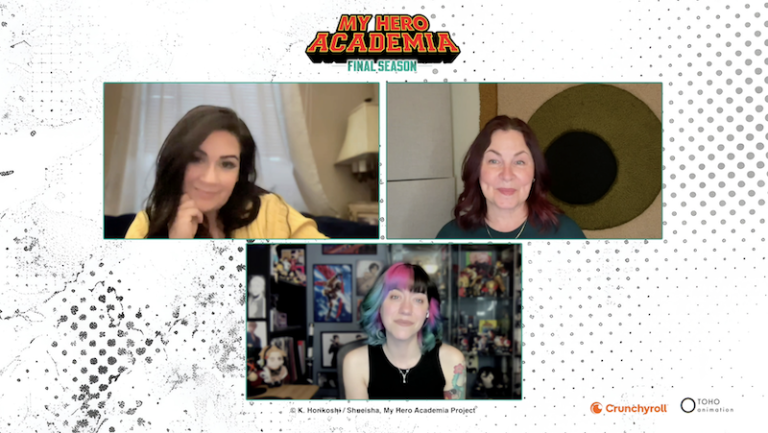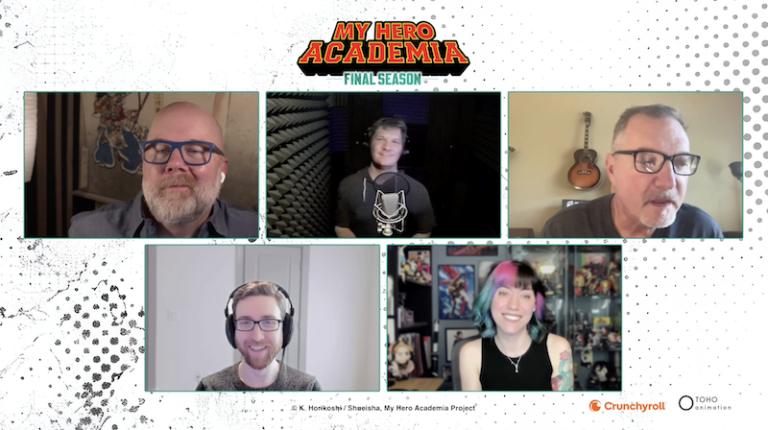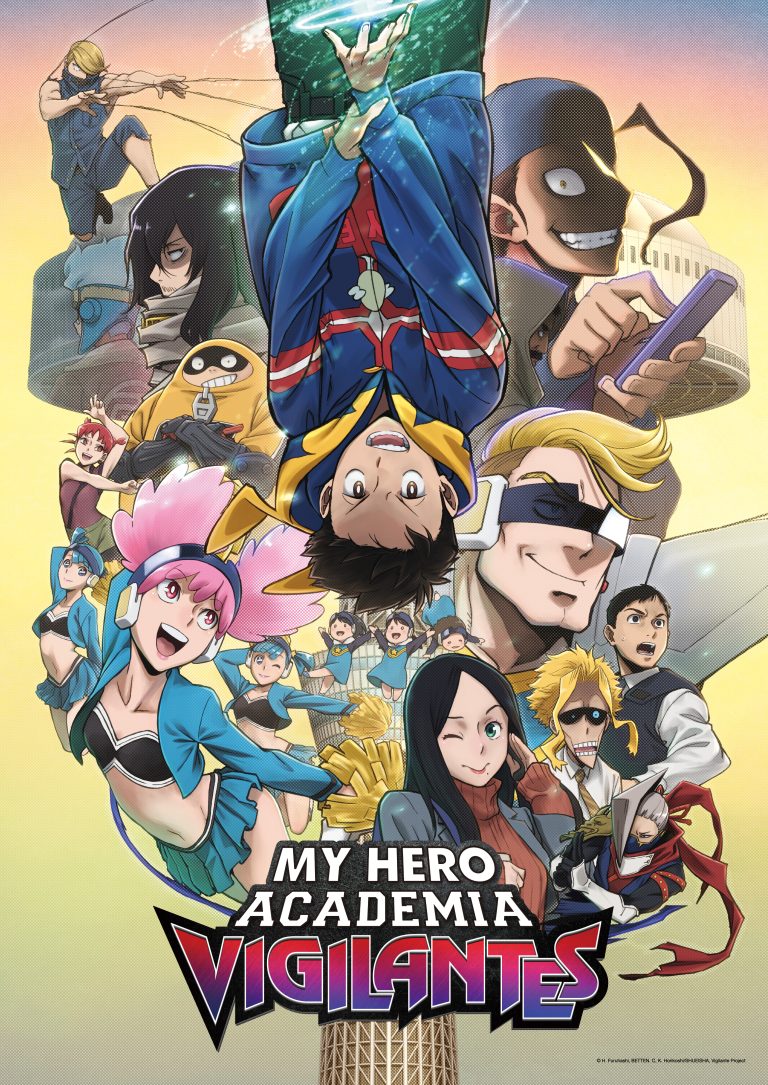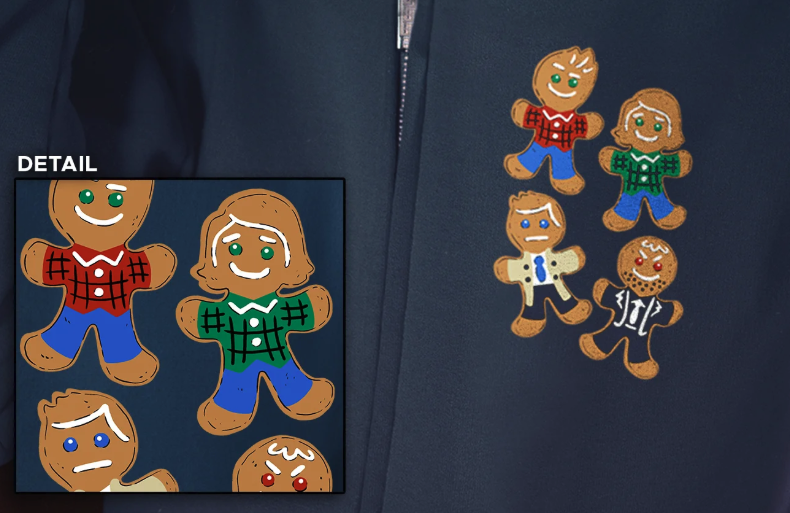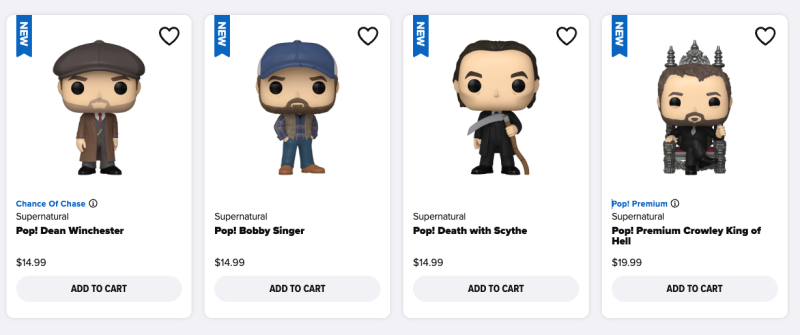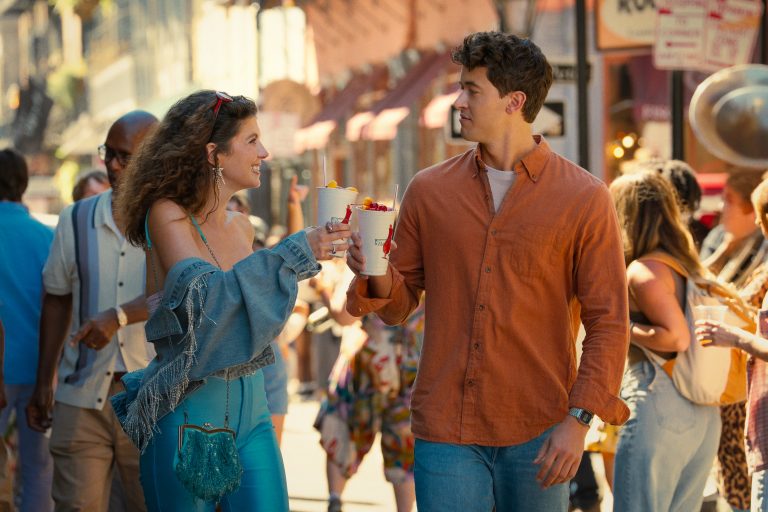It’s officially the end of an era as one of the most iconic anime and beloved series of its generation prepares to close out its final chapters. After nearly a decade and eight seasons, My Hero Academia is ready to cross the finish line just over a year after creator Kohei Horikoshi completed the manga series that the show is based on.
Nerds & Beyond sat down with the talented voice actors that bring My Hero Academia‘s characters to life in the show’s English dub to talk about this final season.
Below, you’ll find our interview with Luci Christian (Ochaco Uraraka) and Leah Clark (Himiko Toga). They talk about Uraraka and Toga’s unlikely bond and how it’s affected the heroes vs. villains narrative, what they admire most about their characters, unexpected emotional moments, and saying goodbye after all these years.
Don’t miss our interviews with the rest of the cast as well:
- Christopher Sabat (All Might), Clifford Chapin (Katsuki Bakugo), Justin Briner (Izuku Midoriya), and John Swasey (All For One)
- Christopher Wehkamp (Shota Aizawa), Colleen Clinkenbeard (Momo Yaoyorozu), Justin Cook (Eijiro Kirishima), and J. Michael Tatum (Tenya Ida)
- David Matranga (Shoto Todoroki), Ernesto Jason Liebrecht (Dabi/Toya Todoroki), and Patrick Seitz (Endeavor/Enji Todoroki)
My Hero Academia is available to stream on Crunchyroll.

